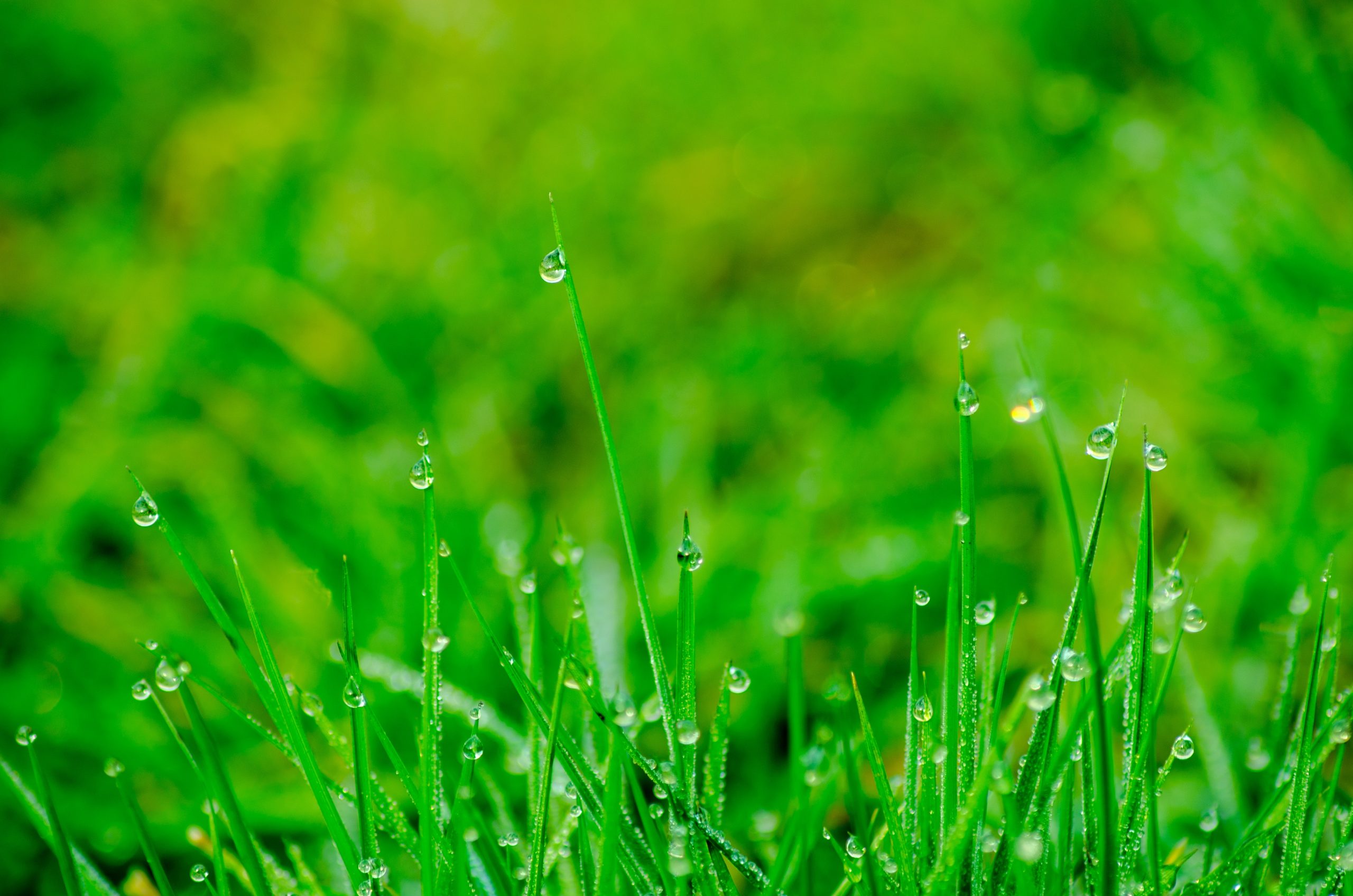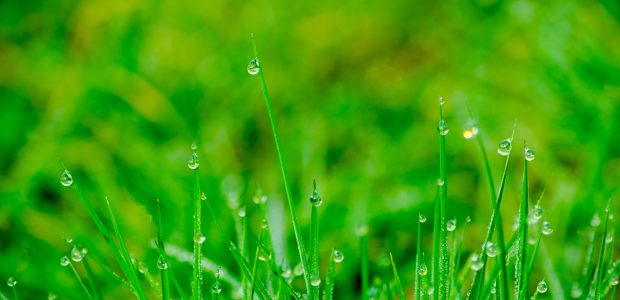
Rainwater harvesting is a crucial practice in permaculture that promotes sustainable and organic farming. With the increasing importance of conserving water and implementing eco-friendly methods, rainwater harvesting in permaculture has gained significant attention. In this blog post, we will explore the benefits of rainwater harvesting, various techniques used in permaculture systems, and how to establish an efficient rainwater system for your permaculture project.
1. Understanding the Importance of Rainwater Harvesting in Permaculture
Permaculture is an ecological design system that aims to create sustainable and self-sufficient ecosystems. Rainwater harvesting plays a vital role in permaculture by providing a consistent and reliable water source for plants, animals, and microorganisms. Unlike traditional water sources, rainwater is free from chemicals, chlorine, and other additives, making it ideal for organic farming practices.
Benefits of Rainwater Harvesting in Permaculture:
- Conservation of freshwater resources
- Reduced dependence on municipal water supplies
- Improved soil health and water retention capacity
- Enhanced plant growth and biodiversity
- Mitigation of erosion and runoff
- Cost savings on water bills
2. Rainwater Harvesting Techniques for Permaculture Systems
- Roof Collection Systems:
One of the simplest and most common techniques for rainwater harvesting is collecting rainwater from rooftops. The water collected from the roof can be channeled into gutters and downspouts, which direct it to storage containers such as rain barrels or underground tanks. This harvested water can then be used for various permaculture activities, including watering plants, filling ponds, or even supplying water to livestock.
- Swales and Contour Trenches:
Swales are shallow ditches that follow the contour lines of the land. These trenches help slow down and capture rainwater, allowing it to infiltrate the soil and recharge the groundwater table. By strategically designing swales and contour trenches, permaculturists can effectively harvest rainwater and prevent soil erosion, thus promoting healthy plant growth. - Keyline Design:
Keyline design is a holistic approach that integrates water management, land contouring, and soil improvement. It involves identifying the keyline, which is the line of maximum water flow across a landscape, and then creating water-harvesting structures such as ponds, dams, and terraces along that line. This technique not only collects rainwater but also helps distribute it evenly across the landscape, optimizing its use for various permaculture purposes.
3. Establishing an Efficient Rainwater System for Your Permaculture Project
- Assessing Water Needs:
Before setting up a rainwater harvesting system, it’s essential to evaluate the water requirements of your permaculture project. Consider factors such as the size of the land, types of crops, and livestock needs. This assessment will help determine the capacity and design of your rainwater system.
- Designing and Installing Storage Tanks:
Based on your water needs, choose appropriate storage containers such as rain barrels, cisterns, or underground tanks. Consider the material, capacity, and location of the tanks for optimal water collection and accessibility.
- Implementing Filtration and Distribution Systems:
To ensure the quality of harvested rainwater, it is crucial to incorporate filtration systems. Filters, screens, or mesh can be used to remove debris and sediment before the water enters storage tanks. Additionally, consider setting up a distribution system that allows you to efficiently deliver the harvested rainwater to various areas of your permaculture site, such as drip irrigation systems or gravity-fed pipes.
Rainwater harvesting techniques are integral to the success of permaculture systems, promoting sustainable water management and organic farming practices. By implementing the discussed methods and establishing an efficient rainwater system, permaculturists can harness the power of nature to create thriving and resilient ecosystems. Embracing rainwater harvesting in permaculture not only conserves water resources but also contributes to the overall health and vitality of our planet.
Remember, whether you’re an experienced permaculturist or just starting your journey, rainwater harvesting techniques are accessible to everyone and have a significant positive impact on your permaculture project. Start implementing these techniques today and enjoy the abundance of water and the benefits it brings to your permaculture system.


